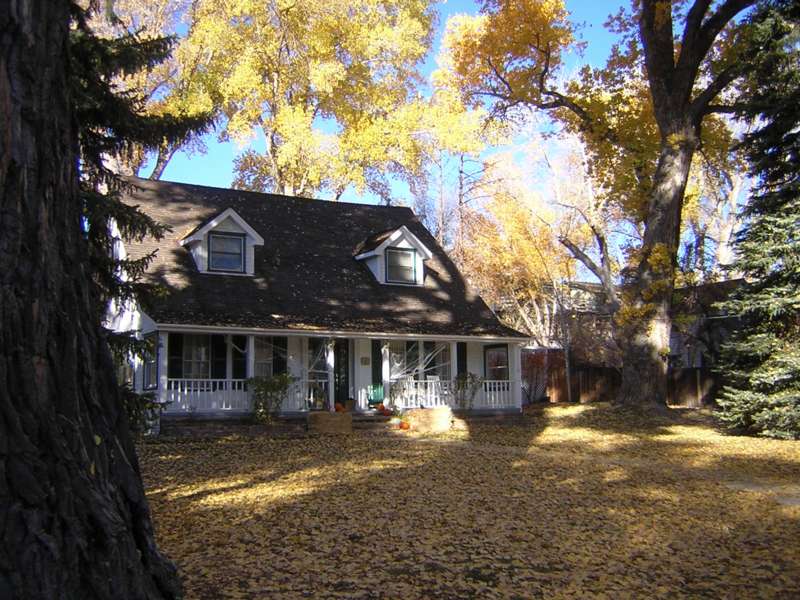 In 1844 he and his family moved to Galesburg, Knox County, Illinois, where he attended Knox College, apparently studying medicine, as he later would list himself as a physician.
In 1844 he and his family moved to Galesburg, Knox County, Illinois, where he attended Knox College, apparently studying medicine, as he later would list himself as a physician. He crossed the plains in 1850 to make his fortune in the California Gold Rush. He mined for three years in northern California, and in early January of 1853 he became an agent for Wells Fargo Bank in Diamond Springs, El Dorado, California. There he met Sarah Lyons and the two were married on the 4th of March, 1854 in the same town. They had two sons Myron and Warren and a daughter Mary Elizabeth.
He crossed the plains in 1850 to make his fortune in the California Gold Rush. He mined for three years in northern California, and in early January of 1853 he became an agent for Wells Fargo Bank in Diamond Springs, El Dorado, California. There he met Sarah Lyons and the two were married on the 4th of March, 1854 in the same town. They had two sons Myron and Warren and a daughter Mary Elizabeth. After three more years of working for the bank in California he moved his family to Genoa Station, which was then part of the Utah Territory. I don't know much about his activity there until Nevada became a separate territory in 1861, when he was appointed Probate Judge for Douglas County, Nevada Territory. The following year he became a land agent appointed by President Lincoln.
After three more years of working for the bank in California he moved his family to Genoa Station, which was then part of the Utah Territory. I don't know much about his activity there until Nevada became a separate territory in 1861, when he was appointed Probate Judge for Douglas County, Nevada Territory. The following year he became a land agent appointed by President Lincoln.When Nevada became a state in October 1861, Chauncey was appointed as the state's first Secretary of State. He served as an appointee for two years, then ran for the office and was elected for a four-year term. He also served concurrently as a State Senator for Ormsby County. In 1872 he was appointed coiner for the US Mint in Carson City by President Grant.
 During his life he was also the Grand Secretary of the Grand Lodge and Grand Chapter of Nevada for the Masons. His wife Sarah passed in August of 1867. Chauncey then married Mary Ann Gee. All of his children left his beloved Nevada, and he died at his home in Carson City, Nevada on the 22nd of October, 1910 a few months shy of his 86th birthday.
During his life he was also the Grand Secretary of the Grand Lodge and Grand Chapter of Nevada for the Masons. His wife Sarah passed in August of 1867. Chauncey then married Mary Ann Gee. All of his children left his beloved Nevada, and he died at his home in Carson City, Nevada on the 22nd of October, 1910 a few months shy of his 86th birthday.His Home in Carson City.
What an amazing life he would have lead!
Yarre Noteware > Jacob Noteware > Chauncey Noteware
Yarre Noteware > John Noteware > Cyrus Noteware > John Harmon Noteware > George Harmon Noteware > Virginia Mae Noteware > David A Earl > me

